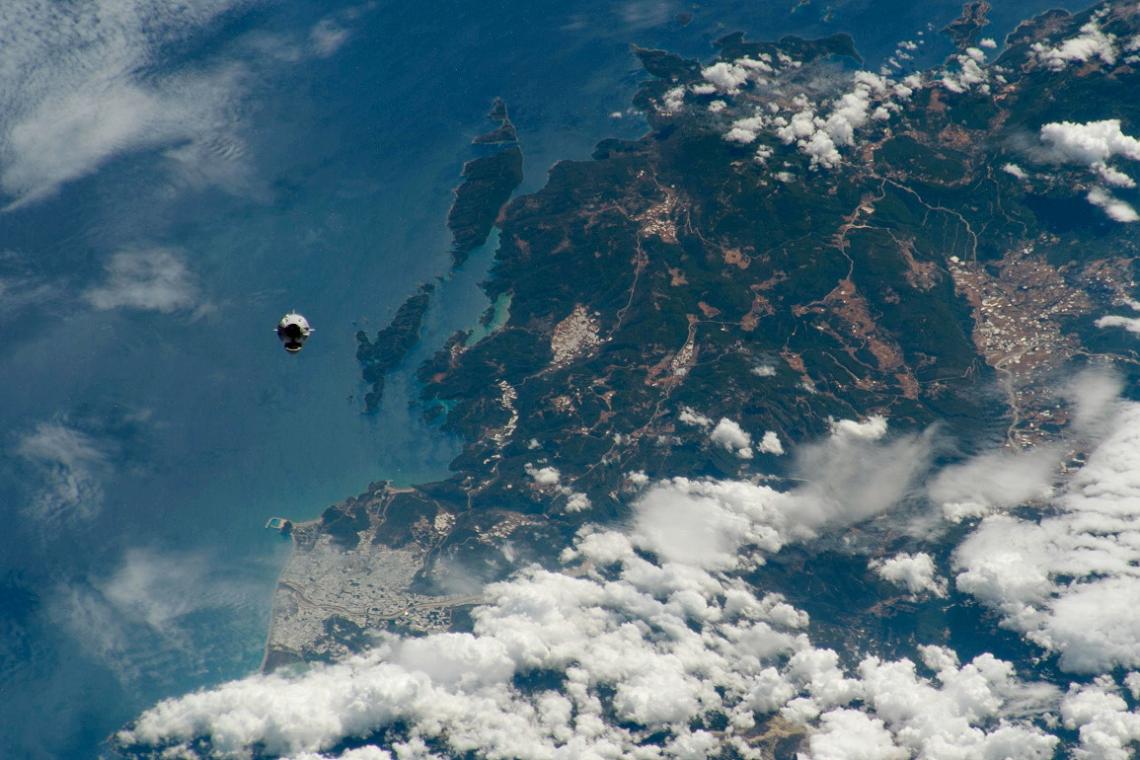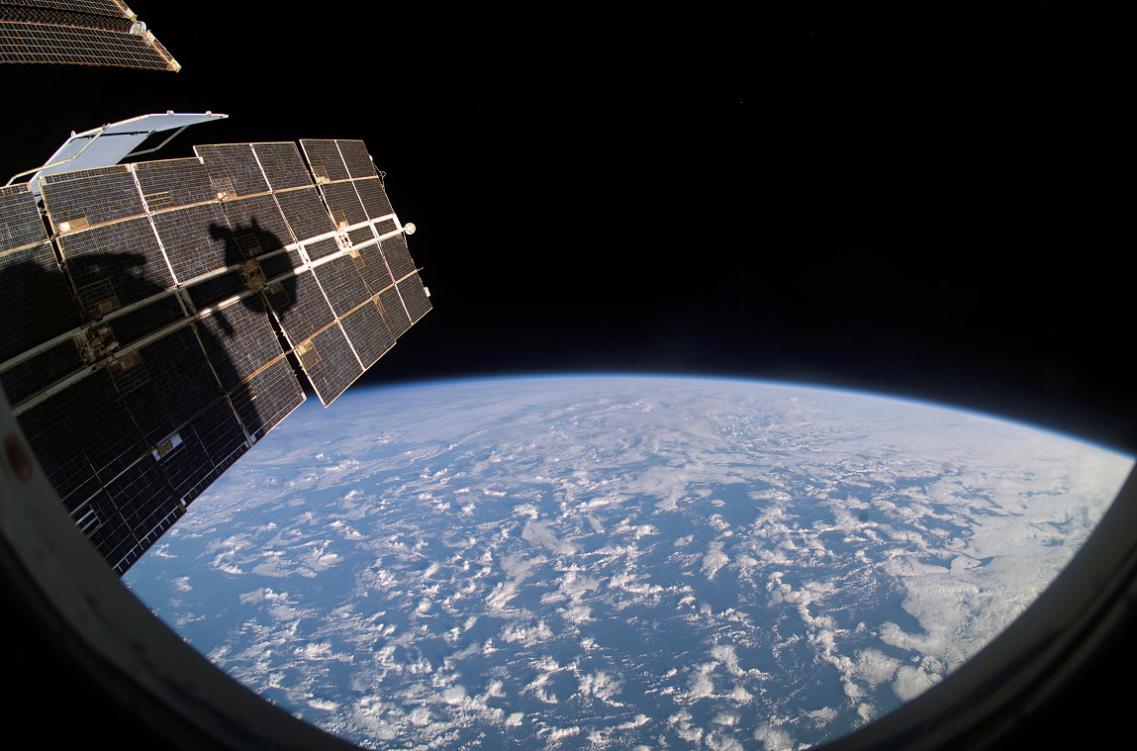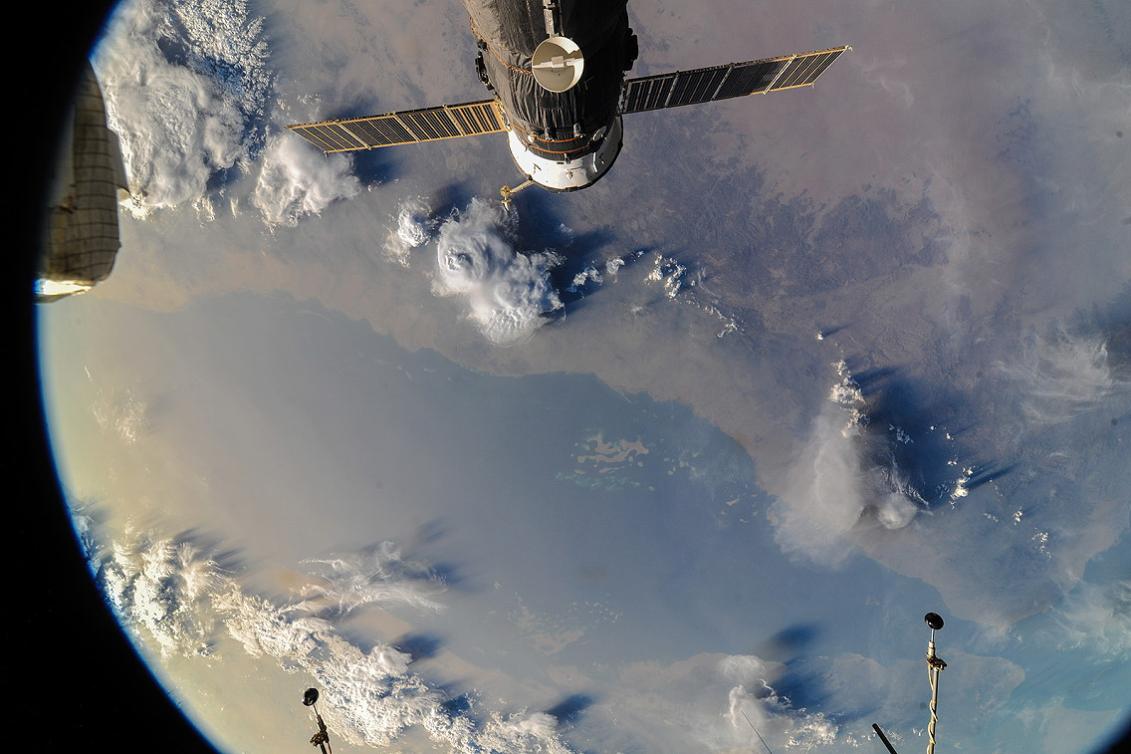What Are the Future Trends in Satellite Data Earth Observation for Restaurant Management?
In today's data-driven business landscape, restaurants are increasingly turning to satellite data Earth observation to gain valuable insights and make informed decisions. This technology has the potential to transform restaurant management by providing real-time information on crop yields, weather patterns, customer behavior, and more.

Current Applications Of Satellite Data Earth Observation In Restaurant Management
Satellite data Earth observation is already being used in a variety of ways to improve restaurant management. Some of the most common applications include:
- Crop monitoring and yield estimation: Satellite data can be used to monitor crop growth and estimate yields, which can help restaurants optimize their ingredient sourcing and minimize costs.
- Weather forecasting and climate analysis: Satellite data can be used to forecast weather patterns and analyze climate trends, which can help restaurants plan their seasonal menus and manage their outdoor seating areas.
- Land use and land cover change detection: Satellite data can be used to detect changes in land use and land cover, which can help restaurants identify new locations and assess market potential.
- Transportation and logistics monitoring: Satellite data can be used to monitor transportation and logistics networks, which can help restaurants improve their delivery and supply chain management.
Emerging Trends And Future Applications
In the coming years, we can expect to see even more innovative and groundbreaking applications of satellite data Earth observation in restaurant management. Some of the most promising trends include:
- High-resolution imaging and data analytics for customer behavior analysis and targeted marketing: Satellite data can be used to collect high-resolution images of restaurant interiors and exteriors, which can be analyzed to understand customer behavior and preferences. This information can then be used to develop targeted marketing campaigns and improve the overall customer experience.
- Integration of satellite data with other data sources (e.g., social media, POS systems) for comprehensive insights: Satellite data can be integrated with other data sources, such as social media data and POS system data, to create a comprehensive view of restaurant operations. This information can be used to identify trends, optimize pricing, and make better decisions about staffing and inventory.
- Real-time monitoring of food safety and quality using satellite-based sensors: Satellite-based sensors can be used to monitor food safety and quality in real time. This information can be used to prevent foodborne illnesses and ensure that restaurants are serving safe and high-quality food.
- Satellite-enabled precision agriculture for sustainable and locally sourced ingredients: Satellite data can be used to enable precision agriculture practices, which can help restaurants reduce their environmental impact and produce more sustainable and locally sourced ingredients.
Challenges And Opportunities
While satellite data Earth observation has the potential to revolutionize restaurant management, there are still some challenges that need to be addressed. These challenges include:
- Data accessibility and affordability for small and medium-sized restaurants: Satellite data can be expensive and difficult to access for small and medium-sized restaurants. This is a barrier that needs to be overcome in order to make satellite data more widely available to the restaurant industry.
- Need for skilled professionals to interpret and utilize satellite data effectively: Satellite data is complex and requires specialized skills to interpret and utilize effectively. Restaurants need to invest in training and development to ensure that they have the skills necessary to take advantage of satellite data.
- Ethical and privacy considerations related to data collection and usage: Satellite data collection and usage raises a number of ethical and privacy concerns. Restaurants need to be transparent about how they are using satellite data and ensure that they are protecting the privacy of their customers.

Despite these challenges, the opportunities presented by satellite data Earth observation for restaurant management are vast. Restaurants that are able to overcome these challenges and embrace data-driven decision-making will be well-positioned to succeed in the years to come.
Satellite data Earth observation is a powerful tool that has the potential to transform restaurant management. By providing real-time information on crop yields, weather patterns, customer behavior, and more, satellite data can help restaurants make better decisions, improve their operations, and increase their profits. As the technology continues to evolve, we can expect to see even more innovative and groundbreaking applications of satellite data Earth observation in the restaurant industry.

Restaurants that are looking to stay ahead of the curve should start exploring the possibilities of satellite data Earth observation today.
YesNo

Leave a Reply